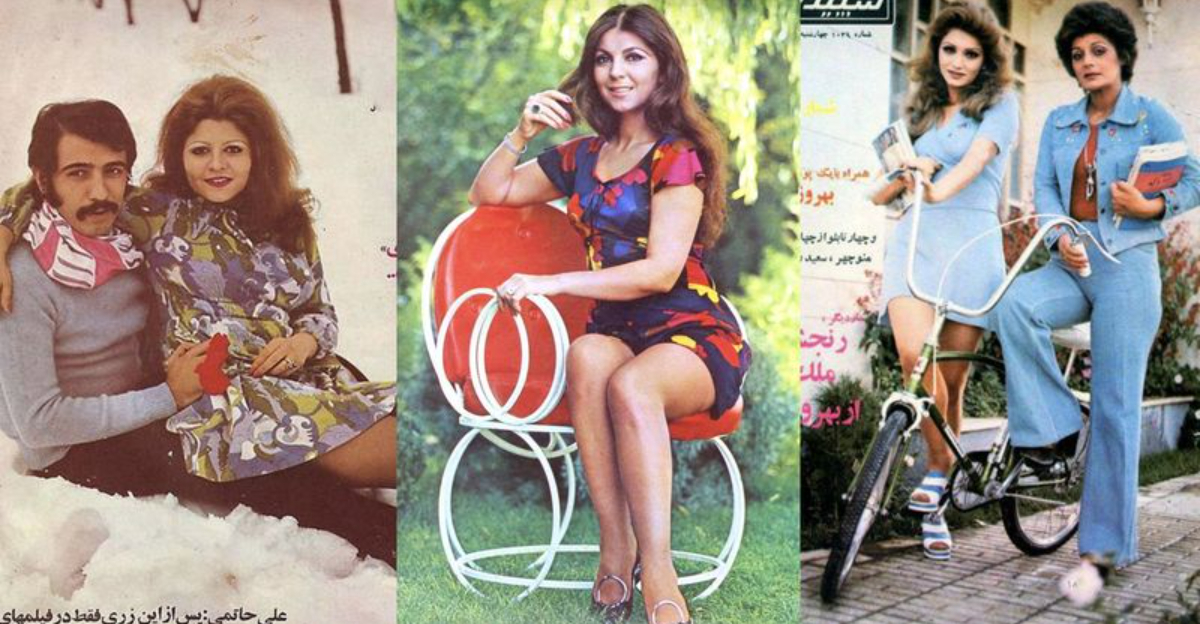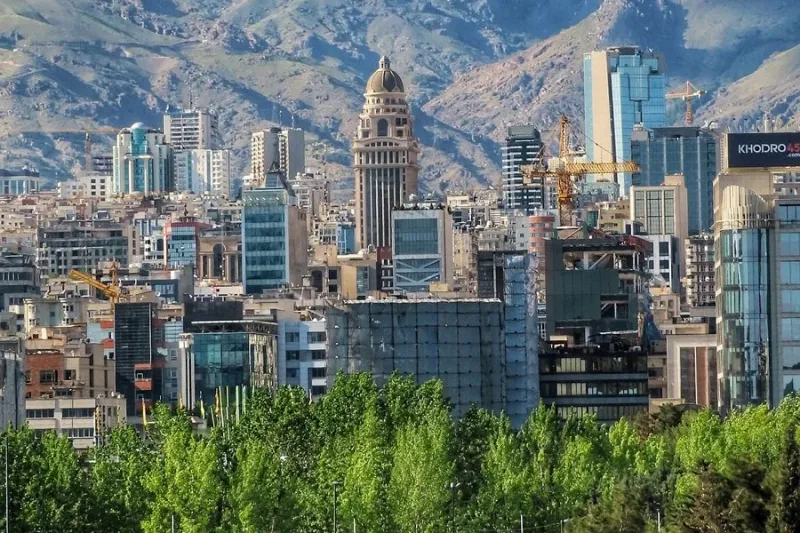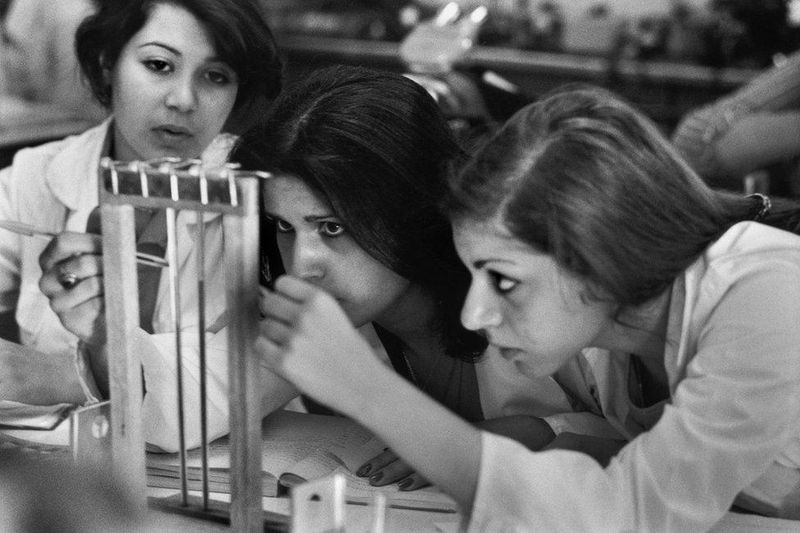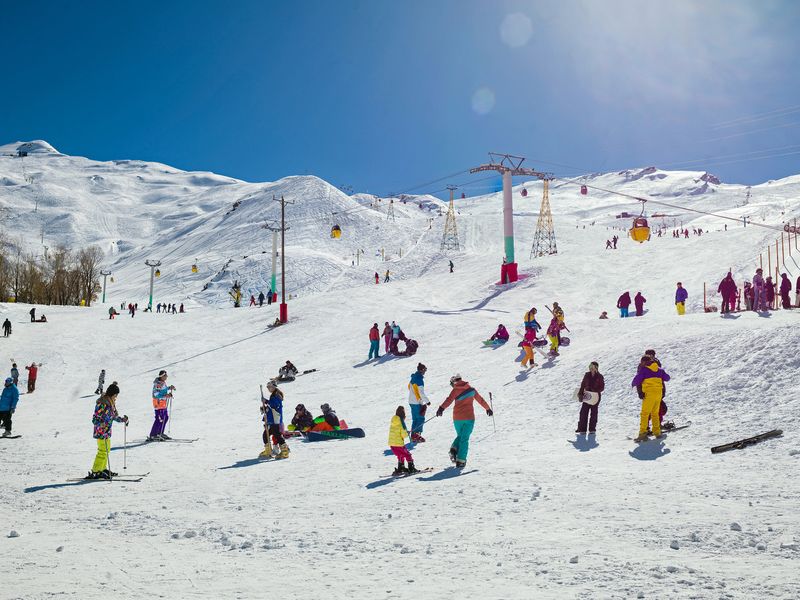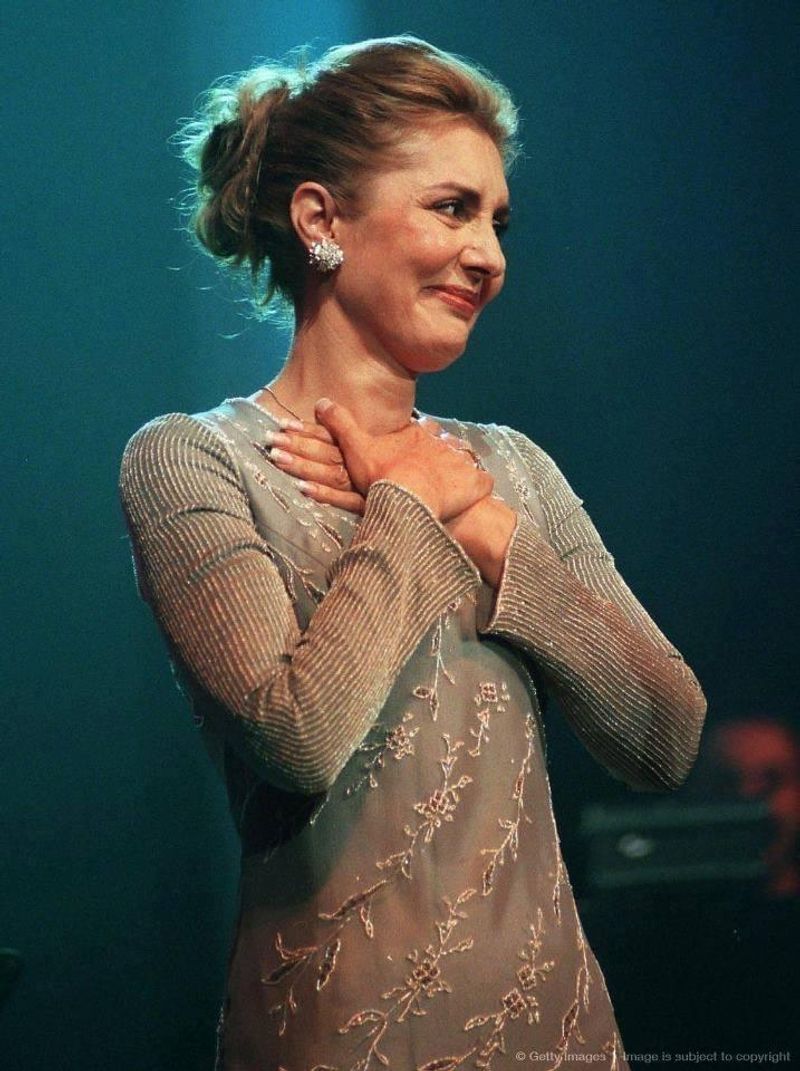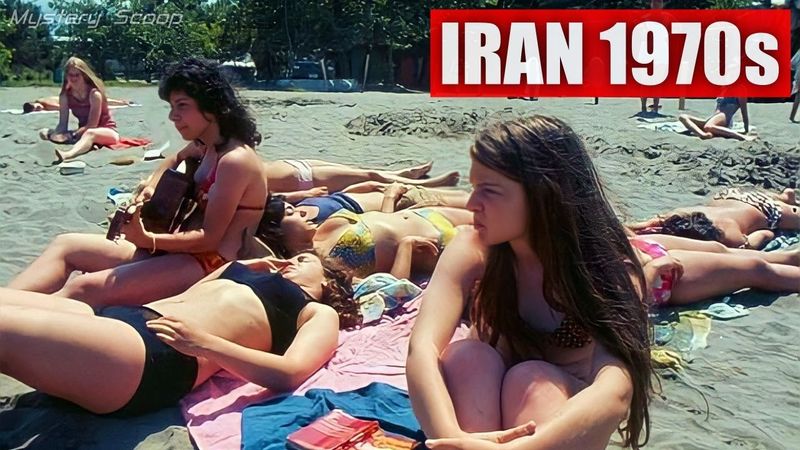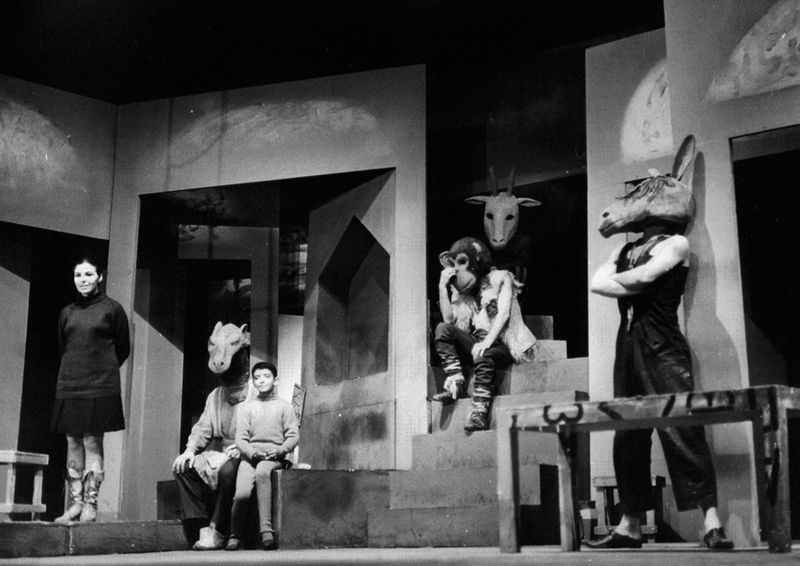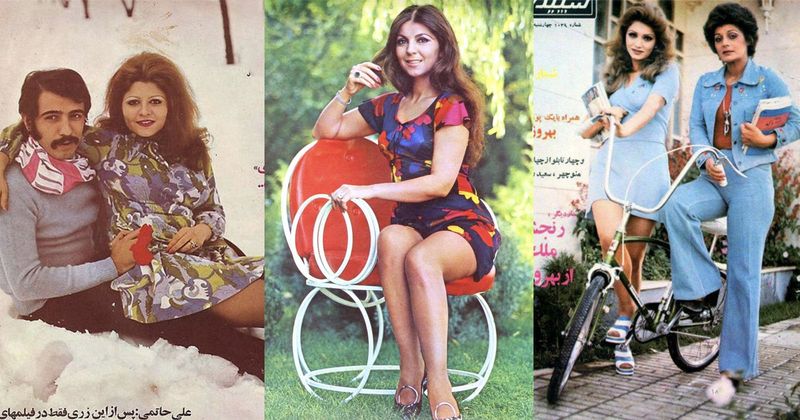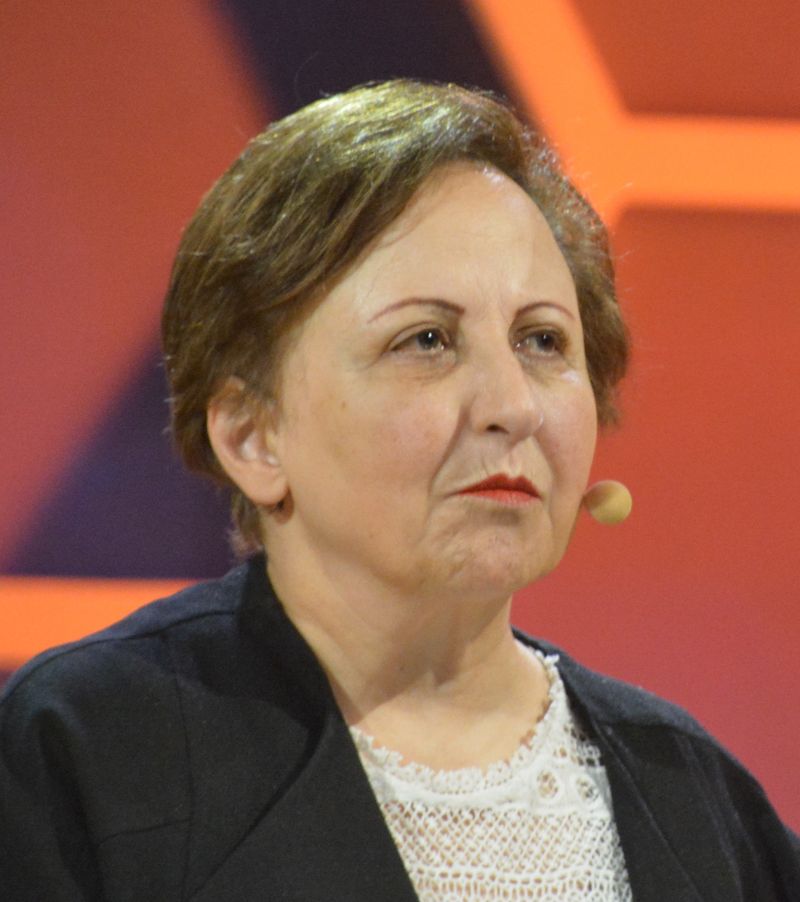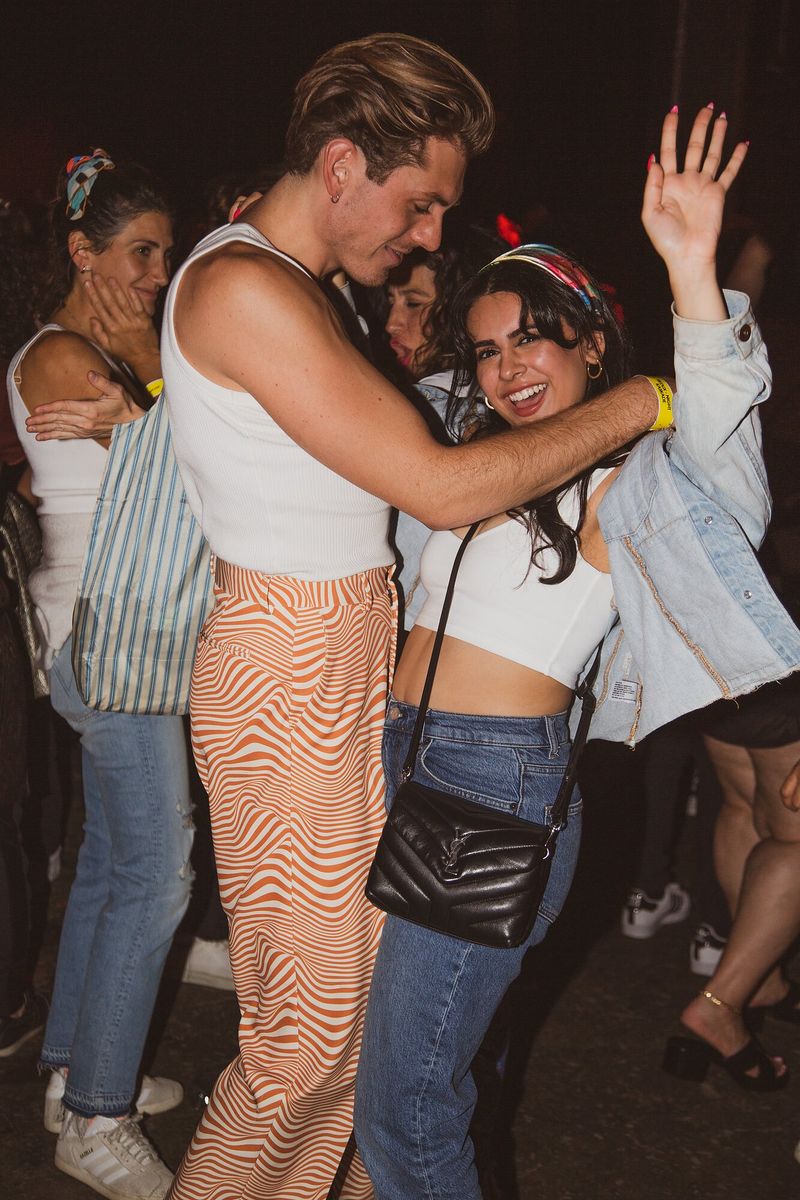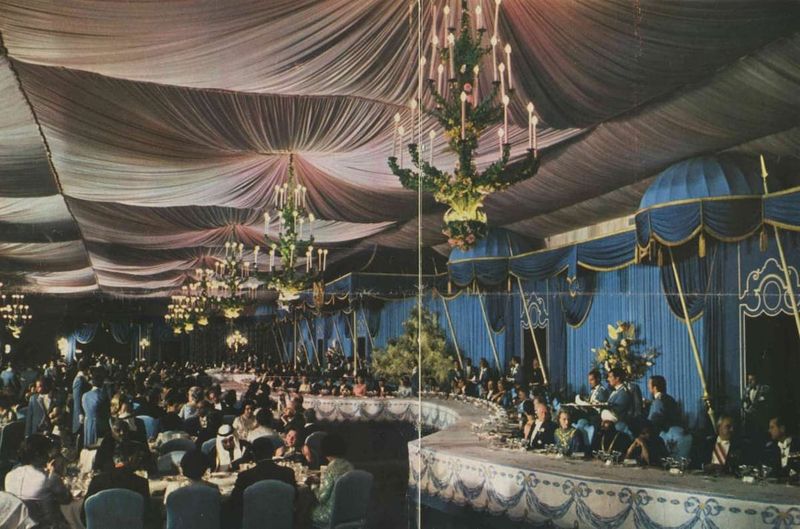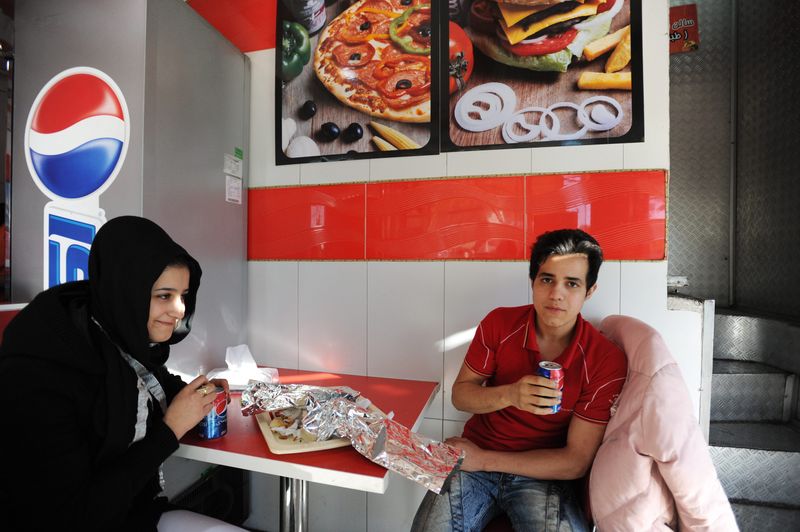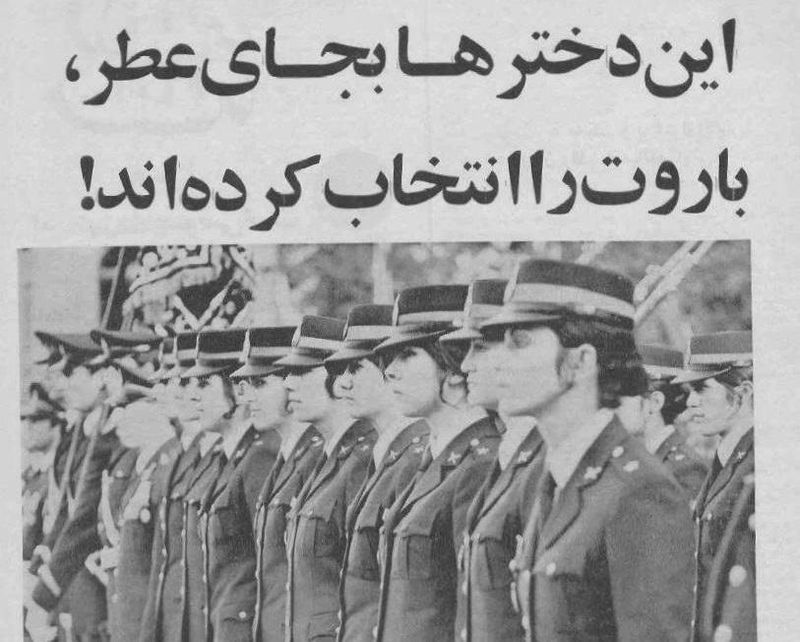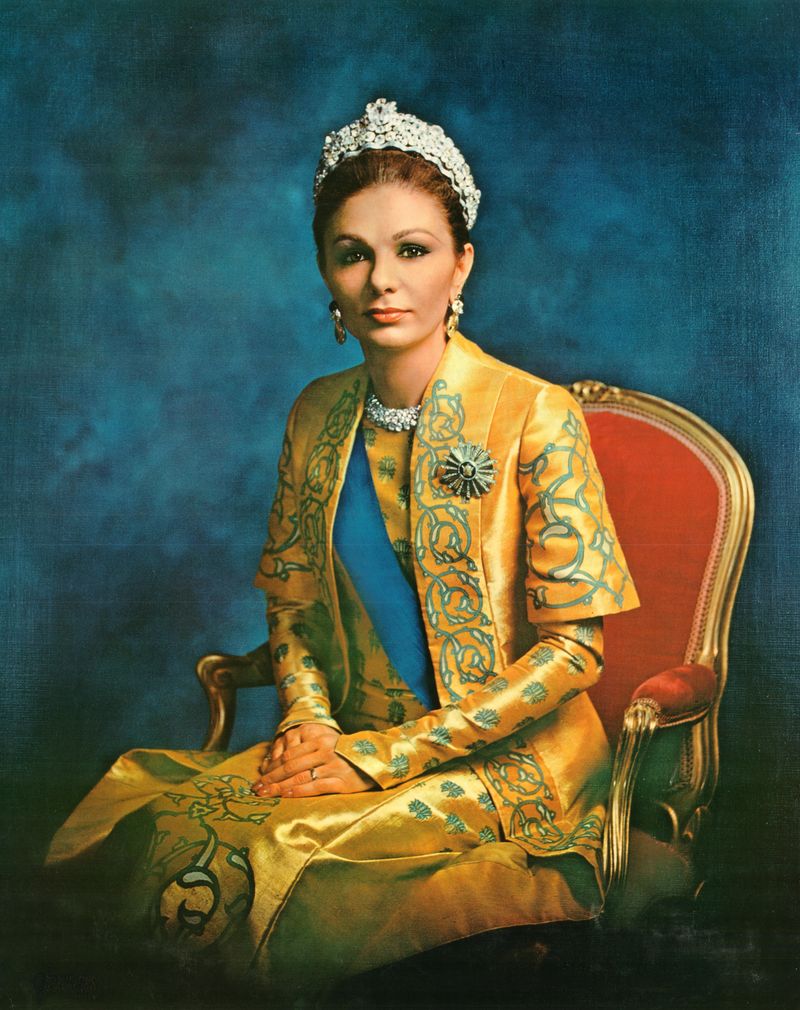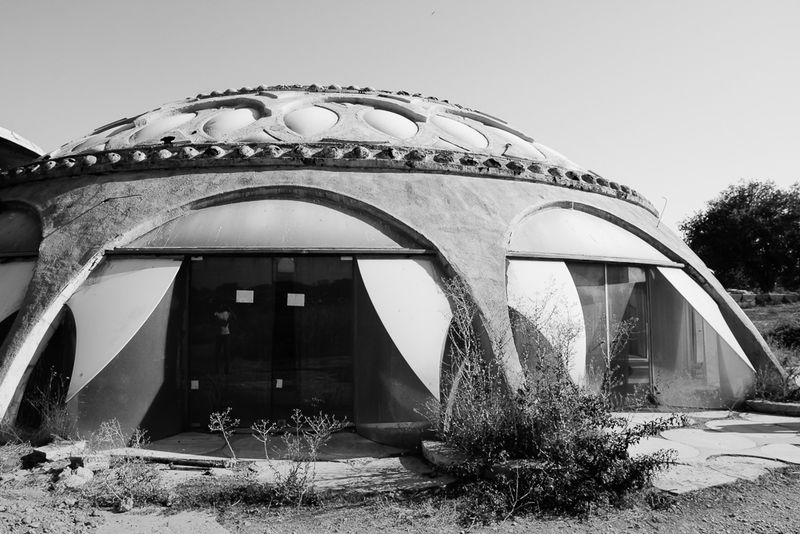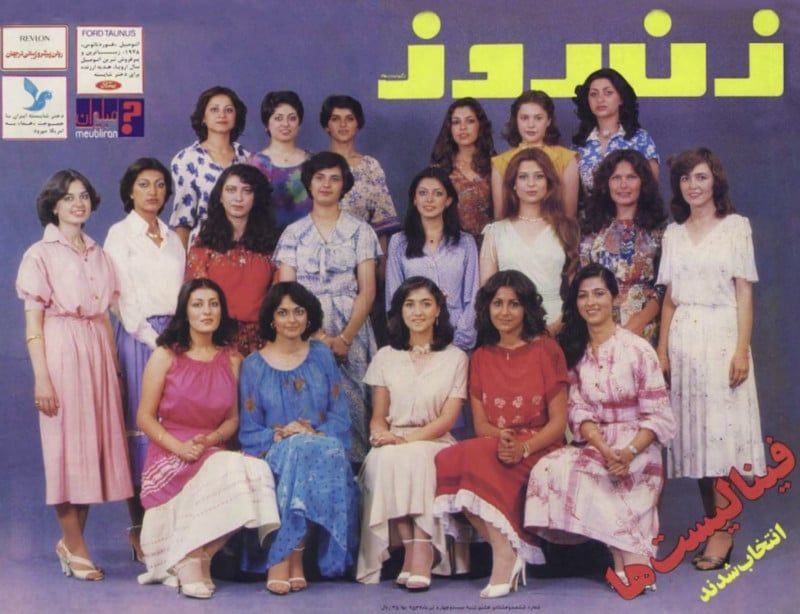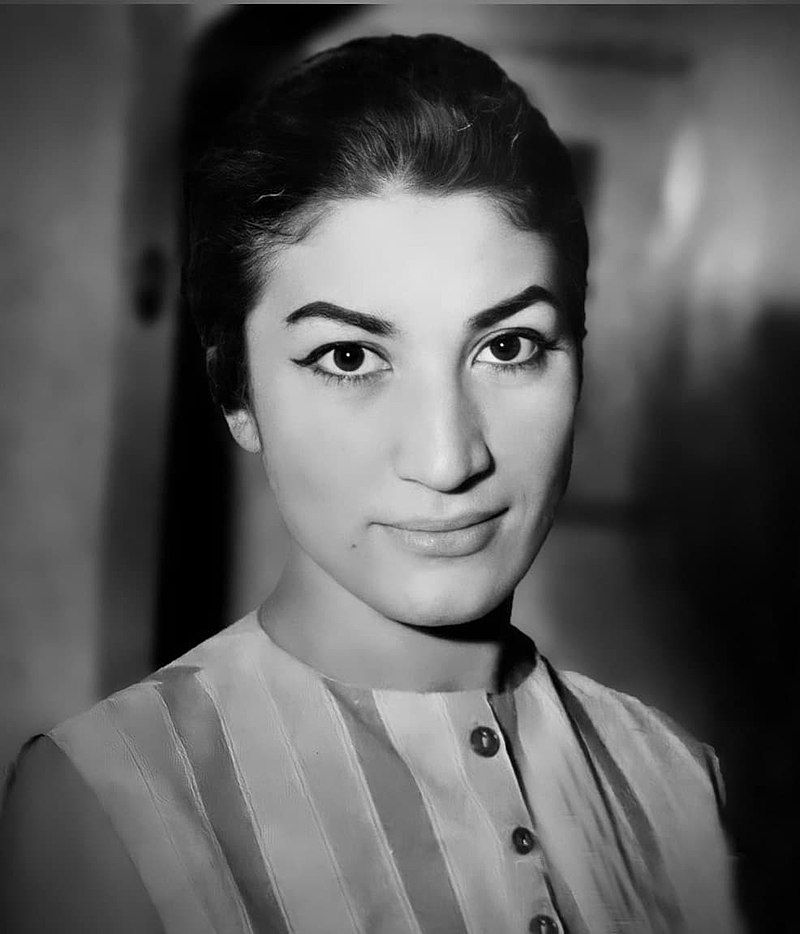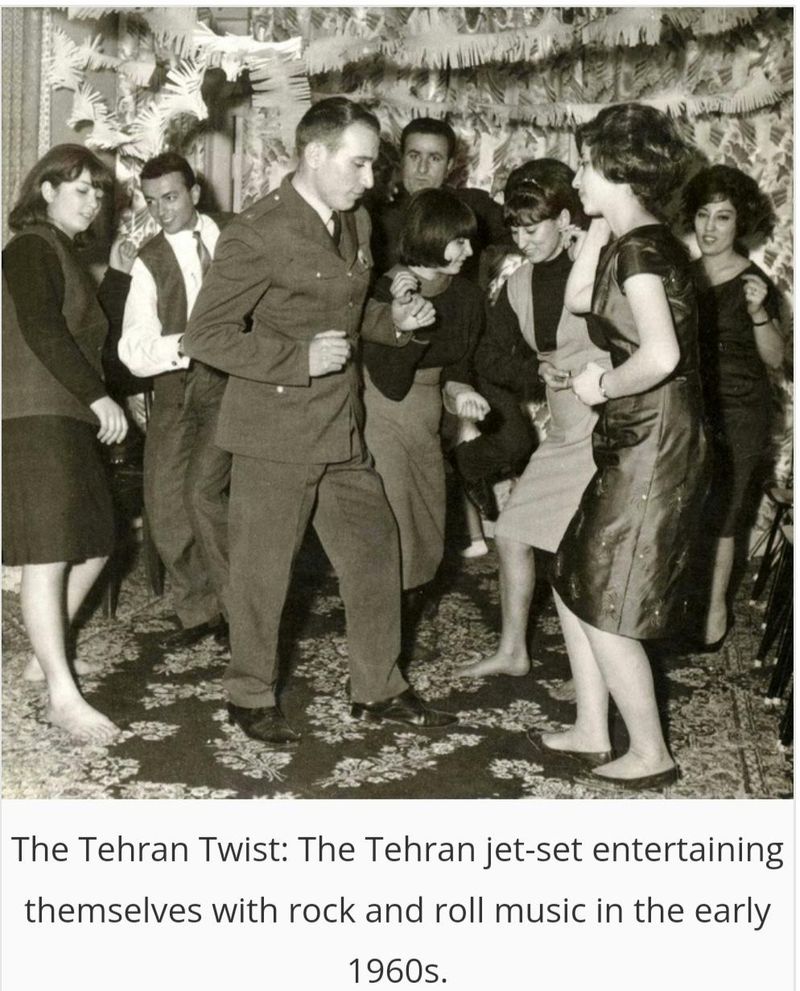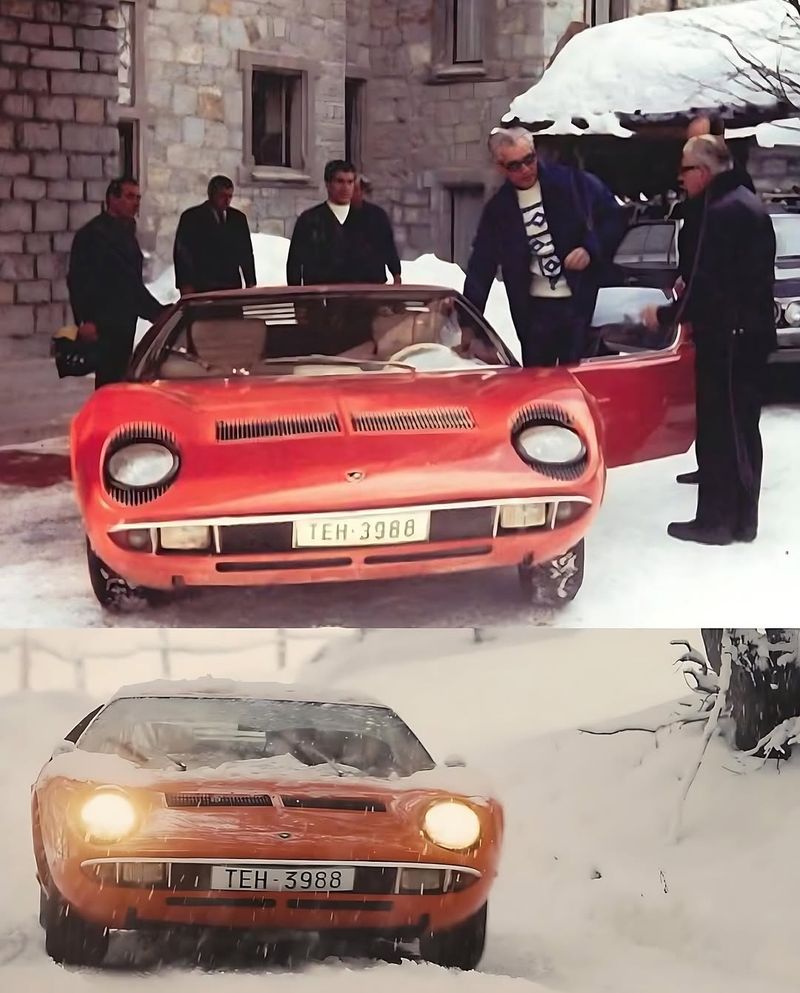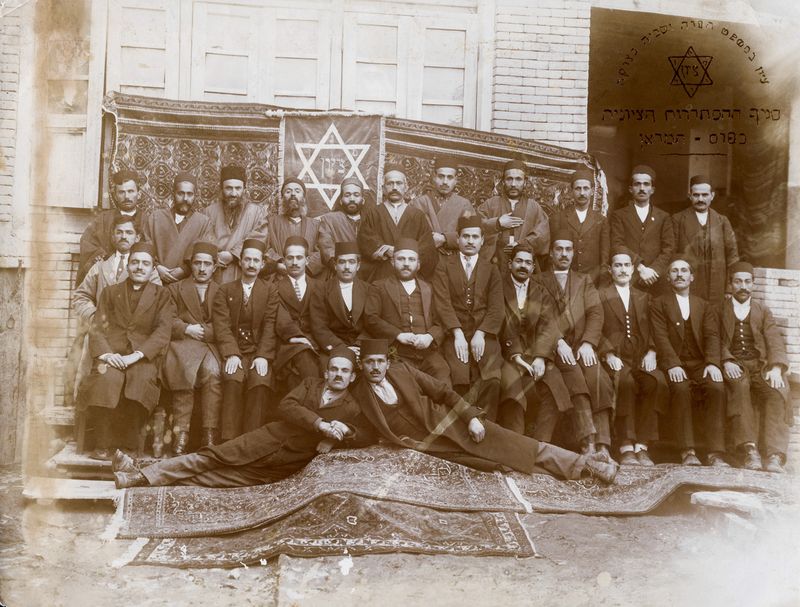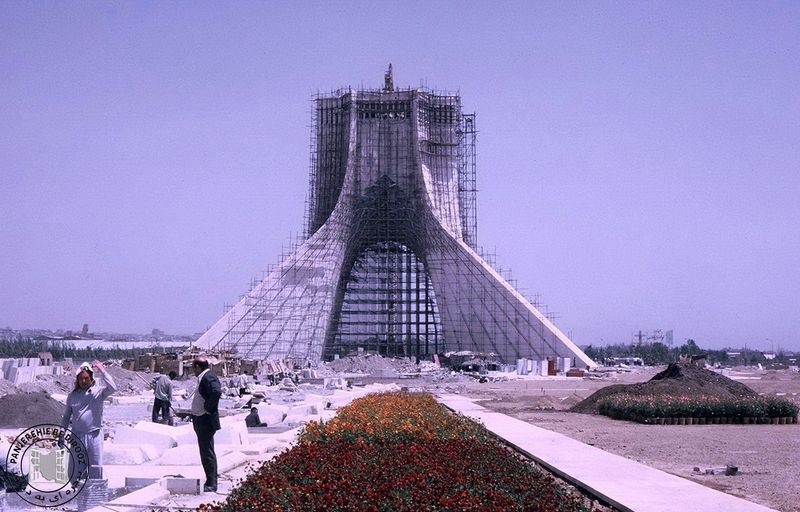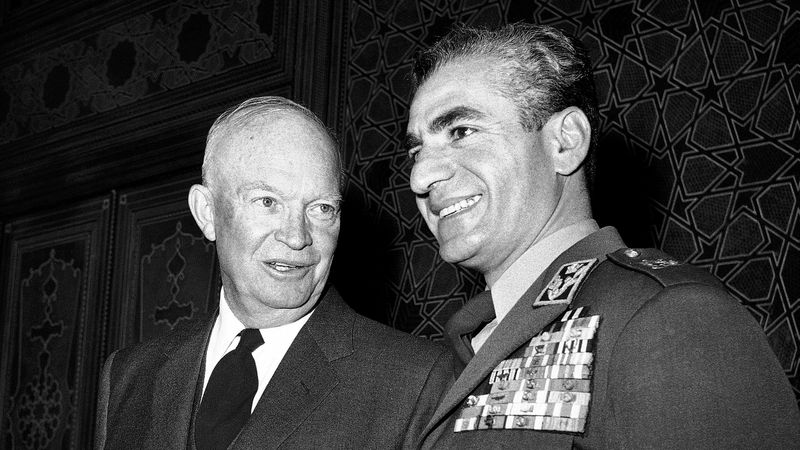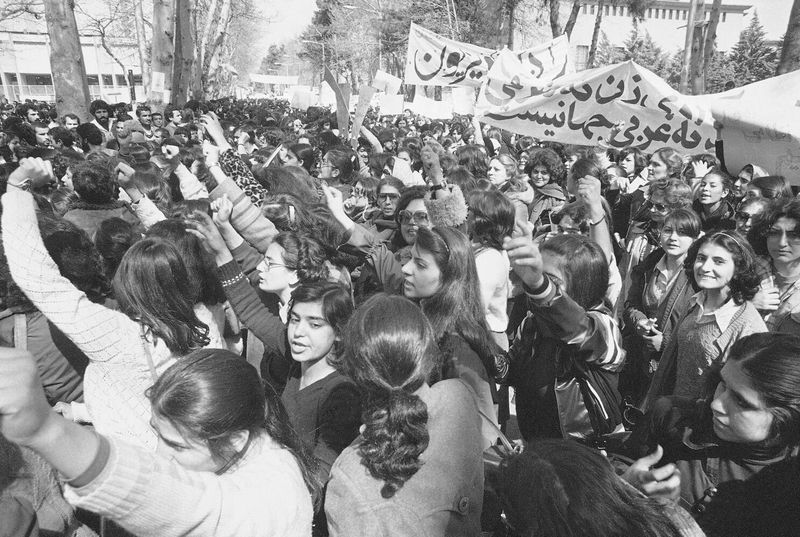Explore the vibrant and diverse cultural landscape of Iran before the 1979 revolution, captured through stunning photographs that reveal a nation of modernity, creativity, and openness. This collection of images transports us back to a time when Iran’s skyline resembled that of a futuristic metropolis, women pursued education and careers, and cultural exchanges flourished. From glamorous fashion to lively beach scenes, each photo tells a story of a society rich in diversity and potential. As we journey through these 22 snapshots, we gain a deeper understanding of the Iran that existed before seismic changes reshaped its reality.
1. Tehran’s Skyline in the 1970s
Tehran in the 1970s was a vision of modernity. Highways crisscrossed the city, and cinemas were a popular pastime for its residents. Billboards advertising Pepsi dotted the skyline, creating an image reminiscent of Los Angeles. The bustling urban scene, filled with cars and people, painted a picture of a city on the rise. This era represented a time of rapid growth and ambition for Iran, as it embraced Western influences and aspired to become a global metropolis. Tehran’s skyline was a testament to the country’s progress and a symbol of its burgeoning potential.
2. The University of Tehran, 1960s
The University of Tehran in the 1960s was a beacon of progress and enlightenment. Women in short sleeves and skirts attended lectures, a stark contrast to today’s mandatory hijab laws. This period marked a time when educational opportunities were expanding, and women were at the forefront of this change. The university campus buzzed with intellectual energy, fostering a spirit of inquiry and debate. The diverse student body reflected a broader societal shift towards modernization and equality, where aspirations were limitless and the pursuit of knowledge was celebrated.
3. Skiing in the Alborz Mountains, 1975
In 1975, the Alborz Mountains were a winter wonderland for young Iranians. Enthusiastic skiers took to the slopes, enjoying the thrill and challenge of the snow-covered peaks. The popularity of skiing highlighted a vibrant leisure culture that thrived before economic sanctions took their toll. The majestic mountains provided a perfect backdrop for adventure and camaraderie, reflecting a society that embraced both tradition and modernity. Winter sports enthusiasts found joy in the icy embrace of the Alborz, where the spirit of freedom and exploration was palpable in every turn.
4. Googoosh, Iran’s Biggest Pop Star
With a voice that resonated across the nation, Googoosh became Iran’s biggest pop sensation in the 1970s. Known as the “Persian Madonna,” she dazzled audiences with her captivating performances, adorned in sequins and bold makeup. Her music transcended borders, offering a glimpse into a more liberal and artistic Iran. Despite being banned from singing for 20 years after the revolution, her legacy endures, symbolizing a time when creativity flourished. Googoosh’s star power and charisma left an indelible mark on Iranian culture, inspiring countless fans and future artists.
5. Beach Day at the Caspian Sea, 1973
The Caspian Sea in 1973 was a haven of relaxation and fun. Beachgoers basked in the sun, clad in bikinis and sunglasses, embodying a carefree spirit. Volleyball games brought excitement to the sandy shores, where laughter echoed over the waves. This idyllic scene was before the era of “morality police,” when personal freedoms were celebrated. Families and friends gathered to enjoy the warmth of the sun and the coolness of the sea, creating memories of joyous summers past. The Caspian coast represented a slice of paradise that thrived in pre-revolutionary Iran.
6. Shiraz’s Psychedelic Art Festival, 1977
In 1977, Shiraz became a hub of creativity during its Psychedelic Art Festival. Avant-garde musicians and poets gathered, celebrating artistic expression under the Shah’s liberal patronage. The festival was a kaleidoscope of colors, sounds, and ideas, pushing the boundaries of conventional art. Attendees were treated to a sensory feast, where innovation and tradition coalesced. This vibrant atmosphere attracted artists and enthusiasts from around the world, turning Shiraz into a cultural epicenter. The festival’s legacy is a testament to a brief era of openness and artistic freedom in Iran’s history.
7. The “Persian Mini-Skirt” Trend, 1960s
In the swinging 1960s, Tehran’s fashion scene rivaled that of Paris. The “Persian Mini-Skirt” became a trend, symbolizing a shift towards modernity and western influence. Boutiques lined the streets, offering the latest in chic apparel. Women embraced this fashion statement, exuding confidence and style. The vibrant fashion culture thrived until the revolution mandated more conservative attire. This era marked a time of experimentation and bold choices, where self-expression through clothing was celebrated. The mini-skirt trend remains a nostalgic reminder of a dynamic and progressive period in Iranian history.
8. Iran’s First Female Judge (1968)
In 1968, Shirin Ebadi broke barriers as Iran’s first female judge, a monumental step for women’s rights in the country. Her appointment signaled a progressive shift in the judiciary, challenging traditional norms. Ebadi’s dedication to justice and equality earned her respect and admiration. Despite later being barred from the judiciary post-revolution, she continued to advocate for human rights, eventually receiving the Nobel Peace Prize. Her journey illustrates the potential and resilience of Iranian women, even in the face of adversity. Ebadi’s legacy continues to inspire future generations seeking justice and equality.
9. Disco Nights in Tehran, 1976
Tehran in 1976 was alive with the beat of disco music. Nightclubs pulsated with neon lights, drawing in crowds eager to dance the night away. Western music filled the air, creating a cosmopolitan atmosphere that echoed global trends. These dance floors were places of liberation and joy, where young Iranians expressed themselves freely. The vibrant nightlife scene was short-lived, as clubs were shuttered by 1980. This era of disco fever remains a cherished memory of a time when Tehran embraced diversity and freedom, showcasing the city’s ability to blend tradition with modernity.
10. The Shah’s Extravagant 2,500-Year Celebration (1971)
In 1971, the Shah hosted an extravagant celebration marking 2,500 years of Persian monarchy. The event was a display of opulence, with French chefs crafting exquisite dishes for international dignitaries. The lavishness underscored the Shah’s vision of a powerful and prosperous Iran. However, the spectacle fueled resentment among those who felt excluded from the nation’s wealth. This grand display of royal grandeur became a catalyst for revolutionary sentiments, as economic disparity and political unrest simmered beneath the surface. The celebration remains a poignant reminder of a turning point in Iran’s history.
11. American-Style Diners, 1970s
The 1970s saw the rise of American-style diners in Tehran, offering a taste of Western culture. Patrons flocked to these eateries for burgers and fries, enjoying the nostalgic ambiance of jukebox tunes. These diners were more than just dining spots; they were cultural exchanges, introducing Iranians to American culinary delights. The bustling atmosphere reflected a cosmopolitan society eager to embrace new experiences. This era of openness to global influences was later overshadowed by anti-American sentiments, but the diners remain a cherished memory of a time when culinary curiosity transcended borders.
12. Women in the Military, 1970s
The 1970s in Iran marked a progressive step for gender equality as women joined the military ranks. Female soldiers trained alongside their male counterparts, a testament to the nation’s evolving attitudes towards women’s roles. This period of empowerment offered women opportunities to serve and protect their country. The image of women in uniform, confidently handling rifles, challenged traditional gender norms and inspired future generations. Despite the reversal of such advancements post-revolution, this era remains significant in highlighting the potential for gender equality in Iran’s history.
13. The Last Empress’s Fashion Statements
Farah Pahlavi, Iran’s last empress, was a fashion icon and advocate for women’s rights. Her elegant appearances in Dior and YSL symbolized a nation embracing modernity and sophistication. Farah’s influence extended beyond fashion; she championed cultural and educational initiatives, striving to elevate women’s status in society. Despite her exile post-revolution, her legacy endures as a beacon of progressive ideals. Her fashion statements were more than mere appearances; they embodied a vision of Iran as a forward-thinking nation, where beauty and intellect coexisted harmoniously.
14. Tehran’s Modernist Architecture Boom
The 1970s witnessed a modernist architecture boom in Tehran, with avant-garde architects reshaping the city’s skyline. Sleek banks and hotels emerged, reflecting a bold vision of urban development. These structures represented a fusion of functionality and aesthetics, embodying Tehran’s aspirations as a global city. The architectural innovation of this era was later overshadowed by revolutionary changes, with many buildings repurposed for political use. Yet, the modernist legacy endures, symbolizing a time of creative exploration and ambition, where architecture was a canvas for imagining a dynamic future.
15. Pre-Revolutionary TV Shows
Before state censorship took hold, Iranian television in the 1970s was a vibrant reflection of societal openness. Western-style sitcoms and news programs aired without the restrictions seen today. Actors performed without headscarves, symbolizing a period of artistic freedom and cultural exchange. The diverse programming entertained and educated audiences, contributing to a dynamic media landscape. This era of television offered Iranians a window to the world, fostering understanding and connection. The subsequent loss of such freedoms highlights the transformative impact of the revolution on media and cultural expression.
16. The “Golden Age” of Iranian Cinema
Iran’s cinema in the 1970s experienced a “Golden Age,” with films that pushed creative boundaries. Actresses like Forough Farrokhzad starred in bold productions that explored complex themes and societal issues. This cinematic renaissance was characterized by a vibrant industry that celebrated artistic expression and challenged norms. The films of this era were both a reflection of and a catalyst for cultural dialogue, offering viewers a chance to engage with new ideas. Despite the constraints imposed post-revolution, the legacy of this cinematic golden age continues to inspire filmmakers worldwide.
17. Mixed-Gender Parties, 1970s
In the 1970s, Tehran’s social scene was characterized by mixed-gender parties, where men and women danced together freely. These gatherings were expressions of the liberal social norms that allowed for interaction and enjoyment without fear of reprisal. The vibrant atmosphere of these parties reflected a broader cultural openness, where personal freedoms were cherished. Music played a central role, bringing people together in celebration. The shift away from such liberties post-revolution underscores the significant cultural changes that occurred, but the memories of these gatherings remain a testament to a once-thriving social fabric.
18. The Oil Boom’s Glitz
The oil boom of the 1970s brought unprecedented wealth to Iran, ushering in an era of luxury and excess. Tehran’s streets were filled with luxury cars, and lavish weddings became commonplace. This period of economic prosperity highlighted the nation’s potential as a global powerhouse. However, the wealth disparity and ensuing social tensions contributed to the revolutionary fervor that followed. The opulence of the oil boom era remains a fascinating chapter in Iran’s history, illustrating both the heights of possibility and the complexities of rapid economic change.
19. Jewish Iranians Thriving in Tehran
In the 1970s, Tehran was home to a thriving Jewish community of over 100,000 people. Synagogues and businesses flourished, contributing to the city’s vibrant cultural mosaic. Jewish Iranians played an integral role in various sectors, from commerce to education, embodying the diversity that characterized pre-revolutionary Iran. This period of coexistence and prosperity was disrupted by the revolution, leading to a mass exodus. The legacy of this community remains a poignant reminder of a time when cultural and religious diversity was celebrated, and Tehran was a melting pot of traditions and ideas.
20. The “Before and After” of Azadi Square
Azadi Square in Tehran is an enduring symbol of Iran’s transformative journey. Originally named Shahyad Square, it was built to commemorate the Shah’s reign, representing modernization and progress. The iconic monument stood as a testament to the nation’s aspirations. Post-revolution, the square was renamed and draped in revolutionary banners, marking a new era. This juxtaposition of “before and after” captures the dramatic shifts in Iran’s socio-political landscape. Azadi Square remains a powerful symbol of Iran’s resilience and adaptability, reflecting the complex narratives that continue to shape its identity.
21. U.S. and Iran as Allies
In the 1970s, Iran and the United States shared a strategic alliance. American engineers collaborated with Iranian workers to build infrastructure, signaling a partnership aimed at mutual growth and prosperity. This era of cooperation fostered technological advancements and cultural exchange. The relationship was complex, with geopolitical interests often at play, but it brought tangible benefits to both nations. The subsequent hostage crisis in 1979 marked a dramatic shift, turning allies into adversaries. This period of alliance is a reminder of a time when diplomacy and collaboration held promise for a shared future.
22. The Revolution’s First Days
In the early days of the 1979 revolution, the streets of Tehran were filled with hope and determination. Women played a pivotal role in the protests, advocating for change and a new future. The atmosphere was charged with the promise of a better society, unaware of the rights they would soon lose. This moment of unity and purpose marked a turning point in Iran’s history, as diverse groups came together seeking reform. The revolution’s initial days were a complex tapestry of aspirations and dreams, capturing a fleeting moment of collective optimism.
